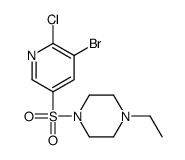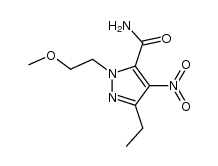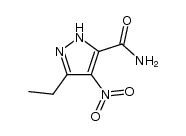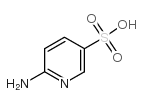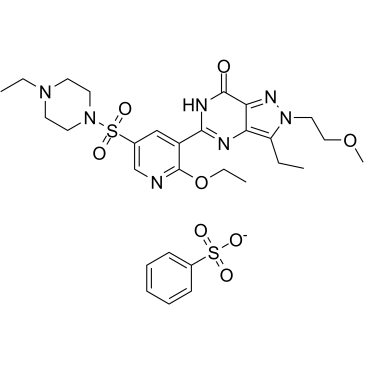334826-98-1
| Name | 5-[2-ethoxy-5-(4-ethylpiperazin-1-yl)sulfonylpyridin-3-yl]-3-ethyl-2-(2-methoxyethyl)-4H-pyrazolo[4,3-d]pyrimidin-7-one |
|---|---|
| Synonyms |
unii-s6g4r7di1c
gisadenafil |
| Description | Gisadenafil (UK-369003) is a specific, orally active phosphodiesterase 5 (PDE5) inhibitor with an IC50 of 3.6 nM and prevents degradation of cyclic guanosine monophosphate (cGMP)[1]. |
|---|---|
| Target |
PDE5A:3.6 nM (IC50) PDE1A:9.1 μM (IC50) |
| In Vitro | Since some PDE5 inhibitors can also interact with PDE1 isotypes found within the cerebral vasculature, the specificity of Gisadenafil for PDE5 is confirmed. This is directly tested with recombinant PDE5A and PDE1A overexpressed in COS-7 cells. The IC50 of Gisadenafil for PDE5A is 3.6 nM. In contrast, the IC50 of Gisadenafil for PDE1A is 9.1 μM, an approximately 2500-fold difference in specificity[1]. |
| In Vivo | Gisadenafil (2 mg/kg; intraperitoneal injection; for 2 hours; male Tat-transgenic mice) treatment largely restores the normal increase in cortical flow following hypercapnia in Tat-tg mice (17.5% above baseline). Gisadenafil also restores the dilation of small (<25 μm) arterioles following hypercapnia, although it fails to restore full dilation of larger (>25 μm) vessels[1]. Animal Model: Male Tat-transgenic (Tat-tg) mice (8 weeks old) exposed to hypercapnia[1] Dosage: 2 mg/kg Administration: Intraperitoneal injection; for 2 hours Result: Largely restored the normal increase in cortical flow following hypercapnia in Tat-tg mice (17.5% above baseline). Also restored the dilation of small (<25 μm) arterioles following hypercapnia. |
| References |
| Density | 1.41 |
|---|---|
| Boiling Point | 701.3±70.0 °C(Predicted) |
| Molecular Formula | C23H33N7O5S |
| Molecular Weight | 519.61700 |
| Exact Mass | 519.22600 |
| PSA | 143.92000 |
| LogP | 2.07190 |
| Storage condition | 2-8°C |
| Precursor 9 | |
|---|---|
| DownStream 1 | |
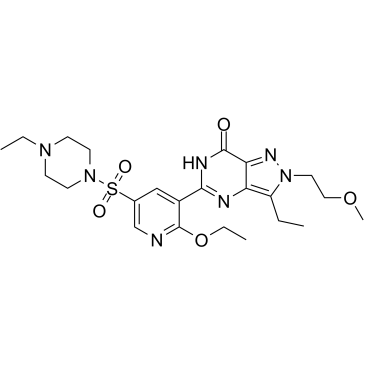
![N-[3-carbamoyl-5-ethyl-1-(2-methoxyethyl)pyrazol-4-yl]-2-ethoxy-5-(4-ethylpiperazin-1-yl)sulfonylpyridine-3-carboxamide structure](https://image.chemsrc.com/caspic/104/334828-19-2.png)
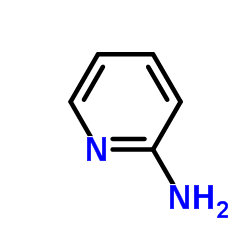
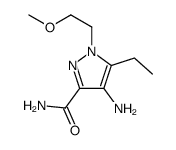
![2-ETHOXY-5-(4-ETHYLPIPERAZINE-1-SULFONYL]NICOTINIC ACID structure](https://image.chemsrc.com/caspic/024/247582-73-6.png)
